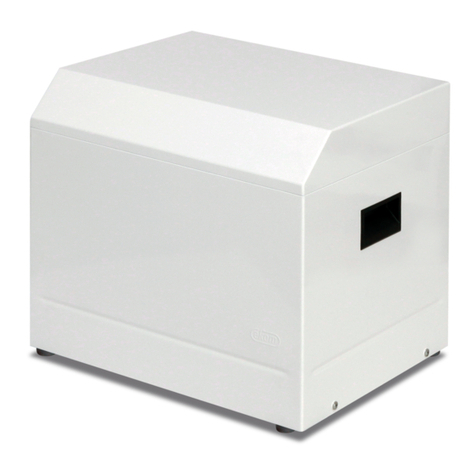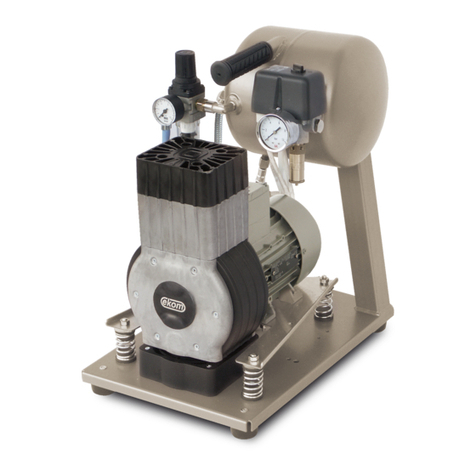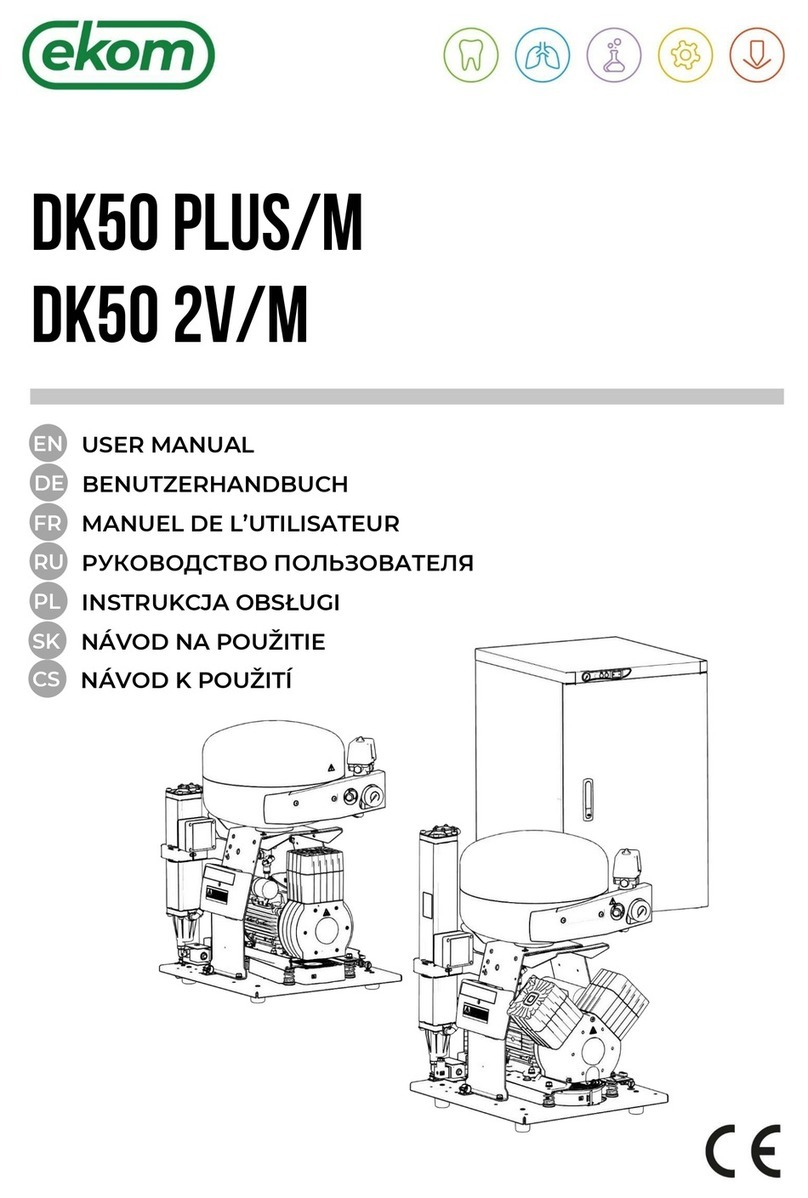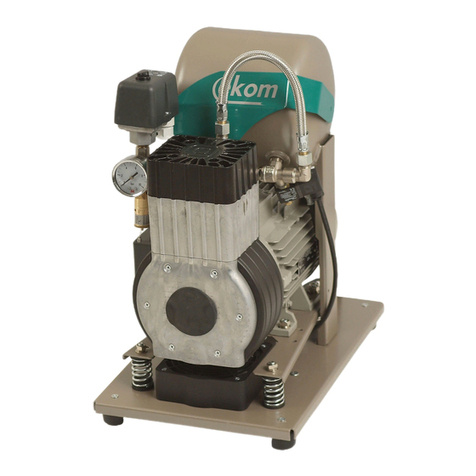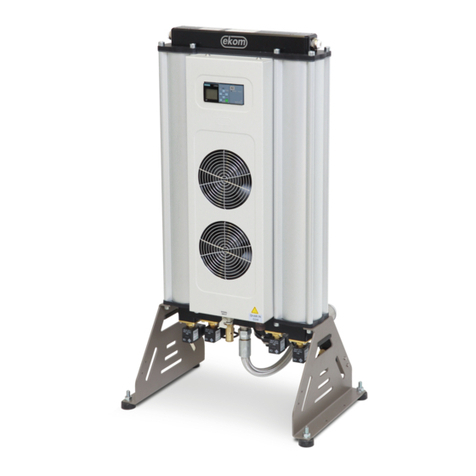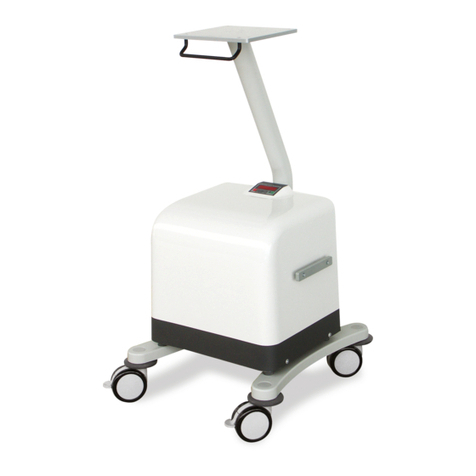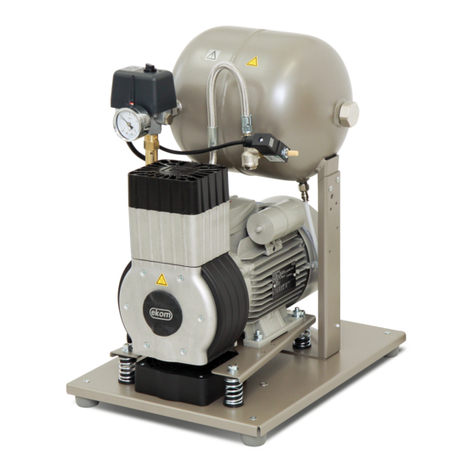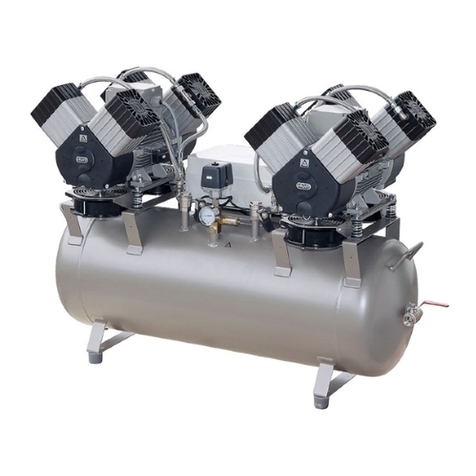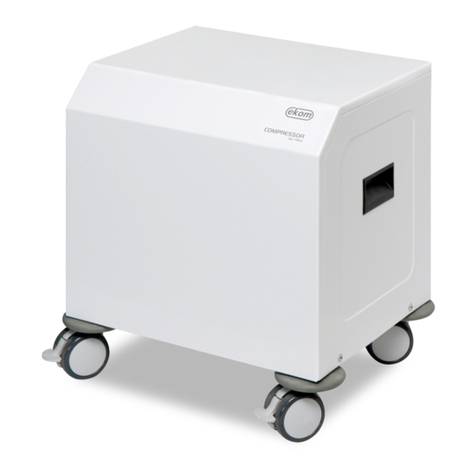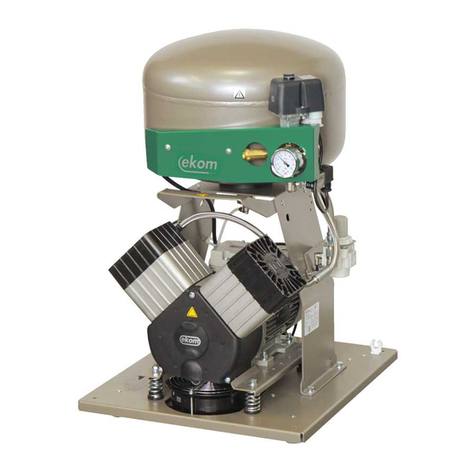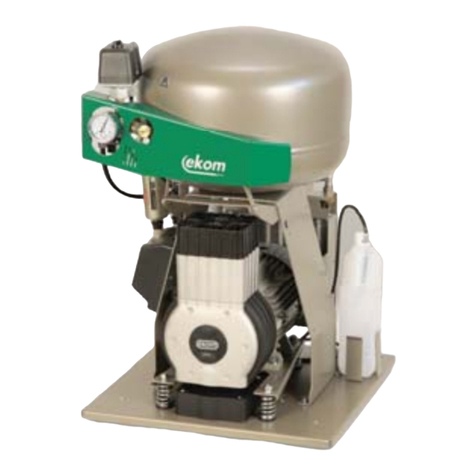
INSTRUCTIONS FOR USE ...................................................................................................................................................5
1. CE MARKING..................................................................................................................................................................5
2. WARNINGS.....................................................................................................................................................................5
3. CAUTIONS AND SYMBOLS............................................................................................................................................6
4. STORAGE AND TRANSPORT........................................................................................................................................7
5. TECHNICAL DATA..........................................................................................................................................................8
6. PRODUCT DESCRIPTION..............................................................................................................................................9
7. FUNCTION......................................................................................................................................................................9
INSTALLATION...................................................................................................................................................................11
8. USE .............................................................................................................................................................................11
9. INSTALLATION.............................................................................................................................................................11
10. FIRST PUTTING INTO OPERATION ............................................................................................................................13
OPERATION .......................................................................................................................................................................13
11. SWITCHING THE COMPRESSOR ON .........................................................................................................................14
MAINTENANCE...................................................................................................................................................................14
12. MAINTENANCE SCHEDULE ......................................................................................................................................14
13. MAINTENANCE ............................................................................................................................................................15
14. STORAGE.....................................................................................................................................................................16
15. DISPOSING OF THE APPLIANCE................................................................................................................................16
16. REPAIR SERVICE.........................................................................................................................................................16
17. SOLVING PROBLEMS..................................................................................................................................................16
BETRIEBSANWEISUNG......................................................................................................................................18
1. BEZEICHNUNG VON CE..............................................................................................................................................18
2. HINWEISE.....................................................................................................................................................................18
3. WARNHINWEISE UND SYMBOLE ...............................................................................................................................19
4. LAGER- UND TRANSPORTBEDINGUNGEN................................................................................................................20
5. TECHNISCHE DATEN..................................................................................................................................................21
6. PRODUKTBESCHREIBUNG.........................................................................................................................................22
7. FUNKTIONSBESCHREIBUNG......................................................................................................................................22
INSTALLATION...................................................................................................................................................................24
8. NUTZUNGSBEDINGUNGEN ........................................................................................................................................24
9. PRODUKTINSTALLATION............................................................................................................................................24
10. ERSTE INBETRIEBNAHME..........................................................................................................................................26
BEDIENUNG.......................................................................................................................................................................26
11. EINSCHALTEN DES KOMPRESSORS.........................................................................................................................27
WARTUNG..........................................................................................................................................................................27
12. WARTUNGSINTERVALLE............................................................................................................................................27
HINWEIS.............................................................................................................................................................................27
13. WARTUNG....................................................................................................................................................................28
14. ABSTELLEN..................................................................................................................................................................29
15. LIKVIDATION DES GERÄTES......................................................................................................................................29
16. INFORMATIONEN ÜBER DEN REPARATURDIENST..................................................................................................29
17. FEHLERSUCHE UND FEHLERBEHEBUNG.................................................................................................................30
NÁVOD NA POUŽITIE .........................................................................................................................................31
1. OZNAČENIE CE............................................................................................................................................................31
2. UPOZORNENIA............................................................................................................................................................31
3. UPOZORNENIA A SYMBOLY.......................................................................................................................................32
4. SKLADOVACIE A PREPRAVNÉ PODMIENKY .............................................................................................................33
5. TECHNICKÉ ÚDAJE .....................................................................................................................................................34
6. POPIS VÝROBKU .........................................................................................................................................................35
7. POPIS FUNKCIE...........................................................................................................................................................35
INŠTALÁCIA........................................................................................................................................................................37
8. PODMIENKY POUŽITIA................................................................................................................................................37
9. INŠTALOVANIE VÝROBKU ..........................................................................................................................................37
10. PRVÉ UVEDENIE DO PREVÁDZKY .............................................................................................................................39
OBSLUHA ...........................................................................................................................................................................39
11. ZAPNUTIE KOMPRESORA...........................................................................................................................................40
ÚDRŽBA .............................................................................................................................................................................40
12. INTERVALY ÚDRŽBY ...................................................................................................................................................40
POZORNENIE.....................................................................................................................................................................40
13. ÚDRŽBA........................................................................................................................................................................41
14. ODSTAVENIE ...............................................................................................................................................................42
15. LIKVIDÁCIA PRÍSTROJA..............................................................................................................................................42
16. INFORMÁCIE O OPRAVÁRENSKEJ SLUŽBE..............................................................................................................42
17. VYHĽADÁVANIE PORÚCH A ICH ODSTRÁNENIE ..................................................................................................43
SERVICE MANUAL/ WARTUNGSANWEISUNG / SERVISNÝ MANUÁL....................................................................44
18. WIRING DIAGRAMS / SCHALTSCHEMAS / SCHÉMY ZAPOJENIA.........................................................................44
19. SPARE PARTS / VERZEICHNIS DER ERSATZTEILE / ZOZNAM NÁHRADNÝCH DIELOV.........................................46
ANNEX / ANHANG / PRÍLOHA.............................................................................................................................52
20. INSTALLATION RECORD.............................................................................................................................................52
20. INSTALLATIONSPROTOKOLL.....................................................................................................................................53
20. ZÁZNAM O INŠTALÁCII................................................................................................................................................54

